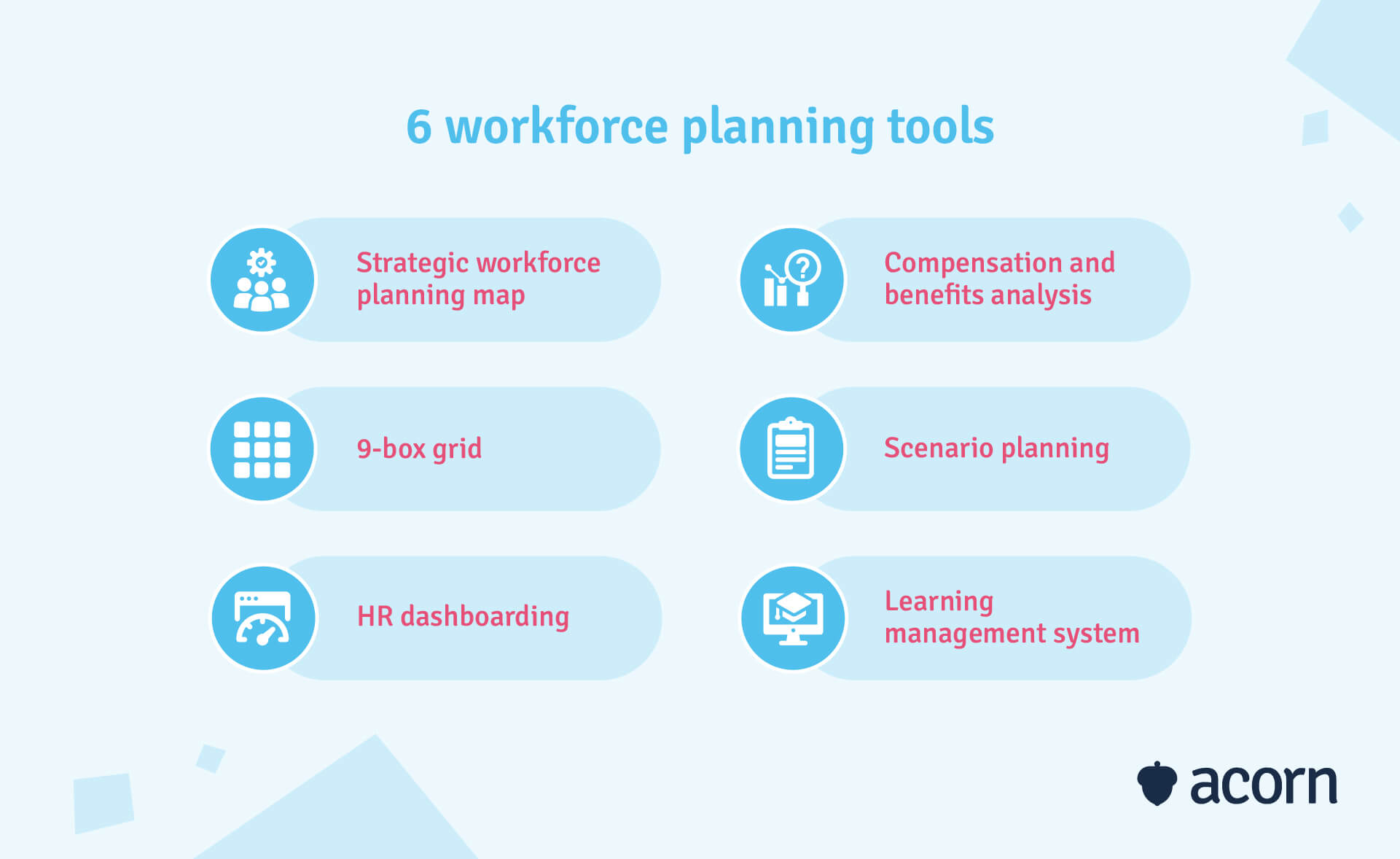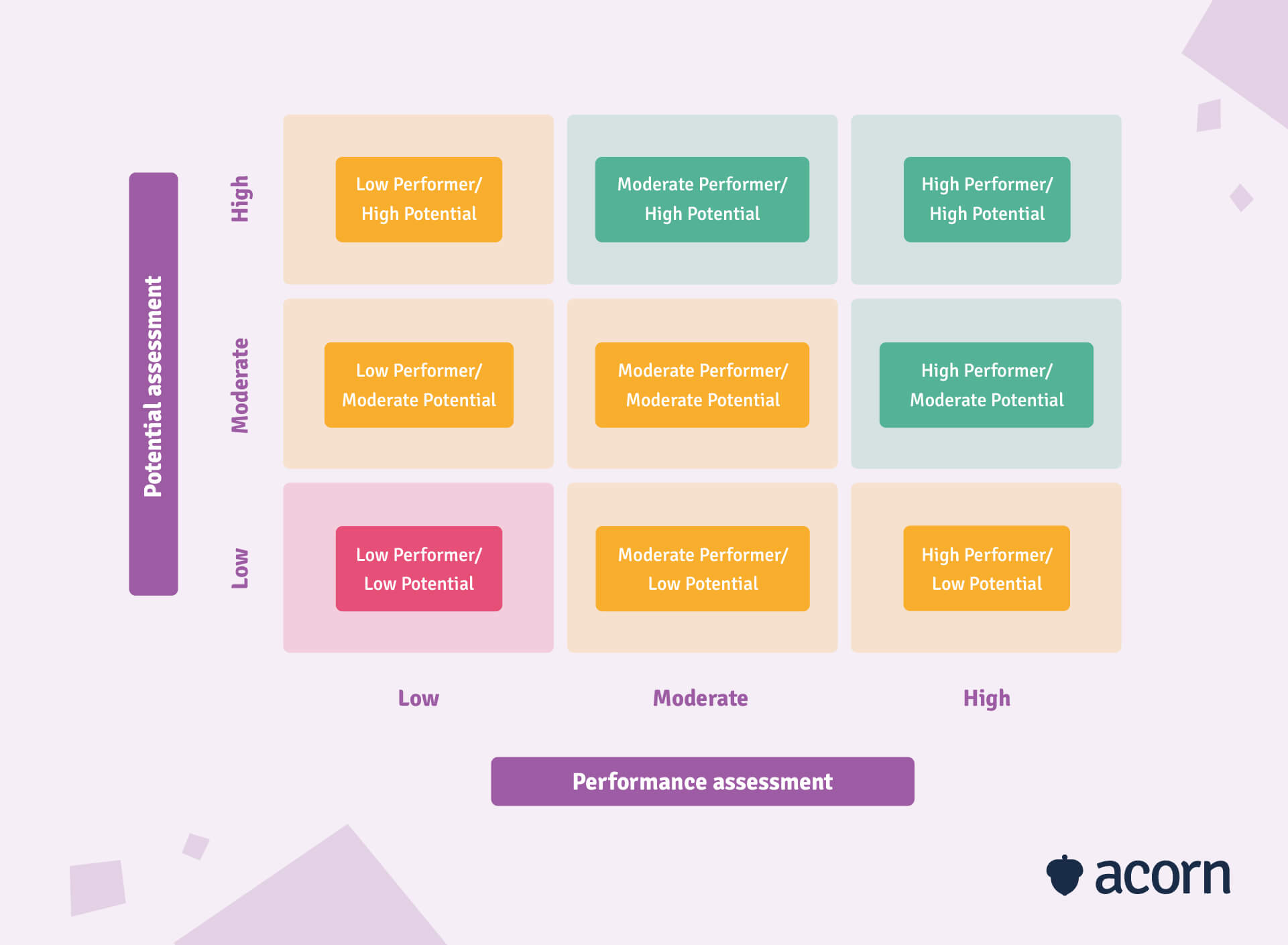6 Workforce Planning Tools to Really Shake Up Your HR Strategy in 2024
Reading Time:

Lead the pack with the latest in strategic L&D every month— straight to your inbox.
SubscribeIf you’re taking up workforce planning, you’ll want the best workforce planning tools to get the job done.
Workforce planning isn’t something you can just spend an afternoon on, though. Nor is it a process you only need to perform once. It’s a continuous conversation on your current workforce, your future workforce and your organisation’s strategic objectives. Of course, this is a high-effort, time consuming process when carried out manually from start to finish—which is why many businesses turn to workforce planning tools and automated procedures to help streamline their workforce planning processes.
So, what is a workforce planning tool and how can it help you and your business achieve your organisational goals? In this article we’ll get into the details of different workforce planning tools and how you can use them in your strategic workforce planning.
What is a workforce planning tool?
A workforce planning tool is a method or means that assists in workforce planning. They are data-driven tools that can help to analyse the gaps between current and future workforce needs and performances, as well as close those gaps in order to allow your organisation to reach its business objectives.
Why should you use strategic workforce planning tools in your workforce planning?
In simple terms, using strategic workforce planning tools in your workforce planning process can help you balance out the time consuming, high-effort and mundane tasks involved. They’re crucial to making your WFP process faster, more efficient and more cost-effective.
Workforce planning tools are designed to make your ability to carry out different workforce planning tasks easier. Tasks like analysing gaps between current capabilities and future needs, investigating business performance and potential, and predicting future scenarios are made simpler with a workforce planning tool to help you.
This is why we’ve created the first performance learning management system (PLMS) here at Acorn. It’s a platform designed to codify and operationalise capabilities to improve organisational efficiency by empowering employees with the information to reach their full potential as impact players.
6 types of workforce planning tools to use in workforce planning
Now that you know how a workforce planning tool can help your organisation and what it can actually do, you’re probably wondering what the different tools are and what activities you can use them for. There are six common workforce planning tools to use in your strategic workforce planning.

- Strategic workforce planning map
- 9-box grid
- HR dashboarding
- Compensation and benefits analysis
- Scenario planning
- Learning management system
Strategic workforce planning map
Put simply, the workforce mapping tool is a way for businesses to understand their ultimate organisational goals and strategy. This isn’t to be confused with strategic workforce planning itself, which comes about as a result of organisational strategy. Organisational strategy is the direction in which you want your business to go, which is informed by an environmental scan.
With this, you can set organisational strategy by asking three key questions:
- What are the current supply and demand trends?
- What products and services does your business provide?
- What is your competition doing?
Once you understand the answer to these questions, you’ll be able to set a strategy for your business for the next 3-5 years. This is the strategy with which you’ll align HR actions and activities in your strategic WFP process.
9-box grid
Also known as the performance-potential matrix, the 9-box grid is designed to map employees’ past performance against their future potential.

The x-axis measures an employee’s performance, while the y-axis measures an employee’s potential. It’s a means for your HR department to understand performance management in your business.
You can use the 9-box grid to assess where each employee fits and track their progress as they improve over time. Because you can see how each of your employees are progressing, you can use the matrix as a way to map who could be in line for a leadership role, promotion, or raise in the future.
HR dashboarding
An HR dashboard is a tool that tracks, analyses and reports on key HR metrics. Given strategic workforce planning is all about aligning your HR actions with your business strategies, it makes sense that you’d want to bring in the data relevant to understanding your workforce planning direction. Data such as:
- Staff succession and turnover rates
- Performance data
- Absence rates.
In a nutshell, an HR dashboard allows your Human Resource team to collect and analyse data and keep that data in a centralised location. Ideally, in a fully data-driven company your HR dashboard will be able to pull data from different systems, analyse the data fed into it and report on the findings.
This doesn’t mean you need to develop an entire dashboard system for your company all on your own. There are different options out there for HR and workforce planning software that can help you through the workforce planning process, and with your workforce planning analytics.
Compensation and benefits analysis
A compensation and benefits analysis is a necessary tool for understanding what you pay for talent in your workforce and how that compares to the market as a whole. This is especially helpful when used alongside the 9-box grid, to ensure that you’re compensating your employees appropriately for their effort and performance.
The idea is to make sure that you’re not underpaying your top talent or overpaying your underperforming talent. If you get this wrong, your top talent will look elsewhere for work while you retain underperforming talent, stagnating your business’s performance.
Scenario planning
Scenario planning is a tool used in strategic workforce planning to predict and analyse potential future scenarios and how they might affect your workforce and business performance.
To carry out in-depth and informative scenario planning, you have to take the time to understand the internal and external factors that drive change in your workforce. Think back to the environmental scan factors you looked at when deciding on your organisational strategy and use them to predict what scenarios the future has in store for you and your organisation.
Performance learning management system
Finally, consider utilising a performance learning management system in your workforce. A PLMS facilitates continual employee assessment that measures capability improvement. It ensures learning consistency in your business, aligning your workforce and its capabilities with your organisational goals.
Think about your required future workforce and what capabilities it will need in order to deliver on your desired outcomes. The chances are your current workforce doesn’t have all the skills they need just yet. A PLMS makes it easier for you to identify people with desired capabilities, promote from within, and enhance retention, engagement and satisfaction.
Key takeaways
The benefits to using tools in your strategic workforce planning are clear. They allow you to exert less manual effort and fewer resources for better, faster results in workforce and business performance. Utilising multiple workforce planning tools effectively can be a challenge, but it pays to ensure your workforce planning is as effective and efficient as you can make it.